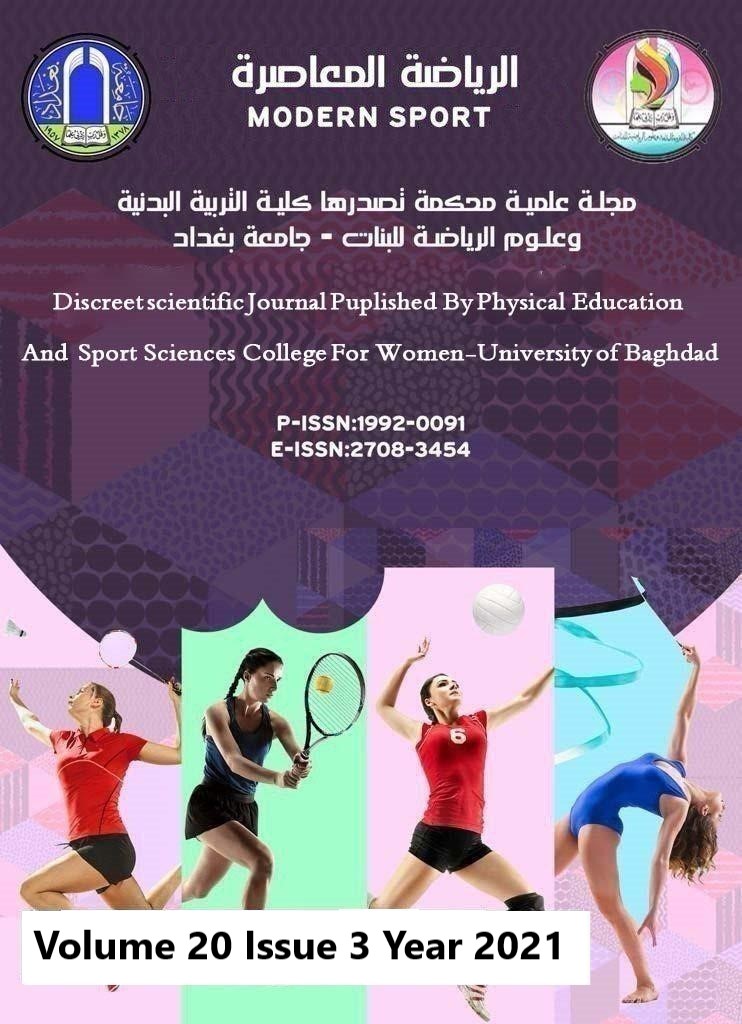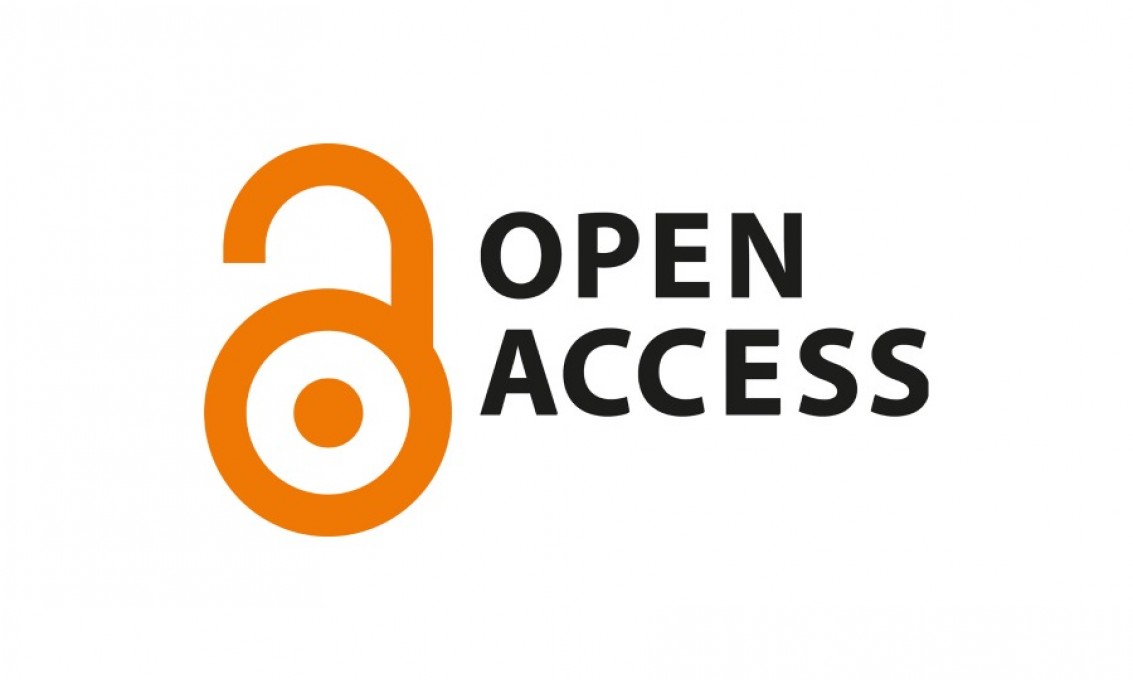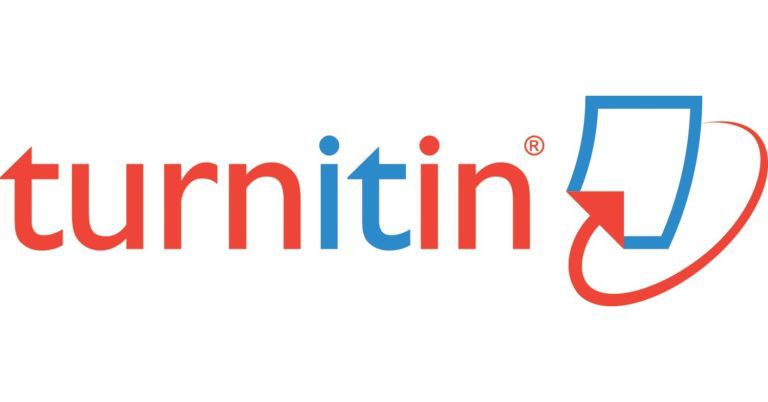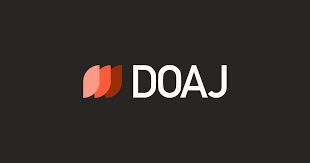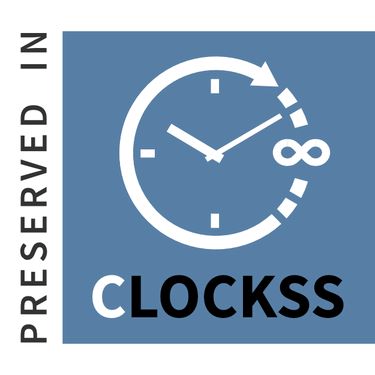The effect of a learning strategy for mastery in learning the skills of Setting volleyball for female students
DOI:
https://doi.org/10.54702/msj.2021.20.3.0089Keywords:
learning strategy for masteryAbstract
The aim of the research is to identify the extent of the impact of the learning strategy in order to be able to learn the skills Setting, with volleyball to female students, and the researchers assumed that there are no statistically significant differences between the pre and post tests and the control and experimental groups in addition to the post-test in the study variables, and the researcher used the experimental design of the two groups. Equivalent experimental and control for the purpose of comparison, and the research sample was determined after excluding students who had failed and practicing the game, so that the total number of the sample would be (40) students by (20) students for each group, and the duration of the curriculum lasted (3) weeks with two educational units per week on two days (Sunday, Monday) So that the total number of units became (6) educational units, and the curriculum was implemented by giving a period of (1) hour electronic learning by means of the computer method and the duration of the educational unit was (60) The researcher used the Statistical Package for Theoretical Sciences (SPSS) to extract (mean, the median, the standard deviation, the sekwenss, the T-test for paired samples, the (T) test. -test) for independent samples, and I concluded that the strategy has proven its effectiveness in the skills of Setting for students at a level greater than the traditional method, and the level of development of study variables and statistical significance in the experimental group is greater than the level of development and statistical significance in the control group, and the effectiveness of learning and development increases with the use of visual techniques And the video and the means of communication because it provides a great scope for review, knowledge of mistakes and their return and reinforces the feedback to them, and recommended the necessity of using the learning strategy in order to master in other skills that require more complex skill capabilities such as spiking, blocking and defending the playing field, and the need to increase the use of modern graphic and video means and techniques. Computers because it increases feedback and enhances learning, and that includes even traditional methods of learning to be more effective.
References
- Haider Fadhil Salih; (2014), The impact of the two styles of learning for mastery and self-learning on the accuracy of performance and retention of some basic skills in volleyball. master thesis, Basic Education College, Diyala University, P:14.
- Rafid Mahdi, Haider Fadhil; (2015), The effect of using the learning style in order to be able to perform the skill of serving in volleyball. published research, Al-Fatih journal, Vol. 11, issue 61, P:200
- Riadh Hani Jawdah, Faris Hussein Khudhur; (2020), The effect of using the learning strategy for mastery with the help of the visual sense in learning some basic basketball skills for fifth graders. Published research, Anbar University Journal of Physical and Sports Sciences, Vol. 4, Issue 20, P:319.
- Sahir Ismael Madab Al-khazrajy; (2019), The effectiveness of the learning method for mastery in the level of technical performance and digital achievement of the long jump effectiveness, master thesis, Basic education College, Mosul University. P:19
- Akerele, J. A., & Afolabi, A. F.; (2012), Effect of video on the teaching of library studies among undergraduates in Adeyemi College of Education, Ondo. (Library Philosophy and Practice. e-journal): p680.
- B. J. Zimmerman and M. K. Dibenedetto; (2008), “Mastery learning and assessment: Implications for students and teachers in an era of high-stakes testing”, (Psychology in the Schools, vol. 45 no. 3), p208.
- Hulleman, C. S., Schrager, S. M., Bodmann, S. M., & Harackiewicz, J. M.; (2010), A metaanalytic review of achievement goal measures: Different labels for the same constructs or different constructs with similar labels? (Psychological Bulletin, 136), p447.
- King, R. B., Ganotice, F. A., & Watkins, D. A.; (2014), A cross-cultural analysis of achievement and social goals among Chinese and Filipino students. (Social Psychology of Education, 17), p453.
- Kristen, C. Schellhase.; (2008), “Applying mastery learning to athletic training education”, (Athletic Training Education Journal, vol. 3 no. 4), p131.
- Linnenbrink, E. A.; (2005), The dilemma of performance-approach goals: The use of multiple goal contexts to promote students’ motivation and learning. (Journal of Educational Psychology, 97), p210.
- Midgley, C., Kaplan, A., & Middleton, M.; (2001), Performance-approach goals: Good for what, for whom, under what circumstances, and at what cost? (Journal of Educational Psychology, 93), p83.
- Murayama, K., & Elliot, A. J.; (2012), The competition-performance relation: A metaanalytic review and test of the opposing process model of competition and performance. (Psychological Bulletin, 138), p165.
- Murtaza, A., Naseer Ud Din, M., & Khan, F.; (2011), Effects of audio visual aids in students learning at secondary levels in district Rawalpindi. (Interdisciplinary Journal of Contemporary Research in Business, 2(10)), p441.
- N. Othman, M. H. Amiruddin, and M. Mansor; (2011), “The entrepreneurial behavior of Orang Asli youths in south peninsular Malaysia”, (International Journal of Education and Information Technologies, vol. 1 no. 5), p131.
- Quarcoo-Nelson, R., Buabeng, I., & Osafo, D. K.; (2012), Impact of audio-visual aids on senior high school students’ achievement in physics. (Eurasian Journal of Physics and Chemistry Education, 4(1)), p46-54.
- R. J. Murphy, S. A. Gray, S. R. Straja, and M. C. Bogert; (2004), “Student learning preferences and teaching implications. Educational Methodologies”, (Journal of Dental Education, vol. 68 no.8), p231.
- Senko, C., Durik, A. M., Patel, L., Lovejoy, C. M., Valentiner, D., & Stang, M.; (2013), Achievement goal effects on performance under low versus high challenge conditions. (Learning & Instruction, 23), p6.
- T. R. Guskey; (2007), “Closing achievement gaps: revisiting Benjamin S. Bloom’s learning for mastery”, (Journal of Advanced Academics, vol. 19 no. 1), p27.
- Yeo, G., Loft, S., Xiao, T., & Kiewitz, C.; (2009), Goal orientations and performance: Differential relationships across levels of analysis and as a function of task demands. (Journal of Applied Psychology, 94), p725.
